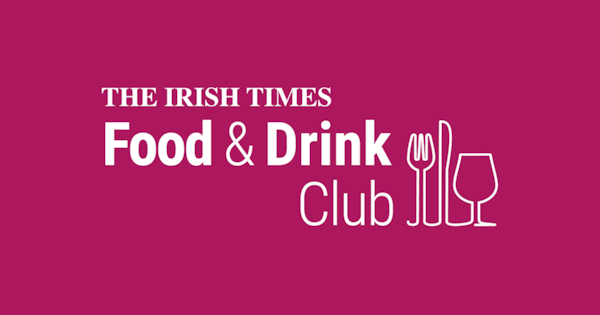Côte is a French word that can translate as “coast” (as in the Côte d’Azur), “rib” (of pork or beef), “beside” or “near”. But in wine terms it generally means wine made from grapes grown on a hillside or slope. The best wines often come from grapes grown on steep slopes that offer better drainage, exposure to the sun and less risk of frost. Côtes is the plural of Côte. The word Coteau is generally used only to refer to vineyards. But there are a lot of wines called Côtes and Coteaux from all around France, and many of them do not come from grapes planted on slopes.
The best-known include the Côte d’Or, or gold coast, in Burgundy, a gently sloping narrow strip of vineyards that include the Côte de Beaune and the Côte de Nuits. This is where most of the great wines of Burgundy are produced. Côte Rôtie, which means roasted or burnt slope, produces some of the finest wines in France. The vines cling to the steepest slopes imaginable and are difficult and expensive to work. It in turn is part of the Côtes du Rhône.
The Côtes du Rhône is a very large area, the second-largest wine region of France. The river Rhône runs through it to the sea, but many of the vineyards are planted a long distance from the river and not all are on slopes either.
If you are a rosé drinker, you will most likely have come across and enjoyed wines from Côtes de Provence and Coteaux d’Aix-en-Provence, the two largest appellations in Provence. Again, while some of the vineyards are planted on slopes, many are not.
Overall, the term has little meaning on a label, although it is used extensively in France, but rarely elsewhere, although some Italian regions include the word “colli”, meaning “slope”. One canny South African producer makes a Côtes du Rhône-style wine called Goats Do Roam.















